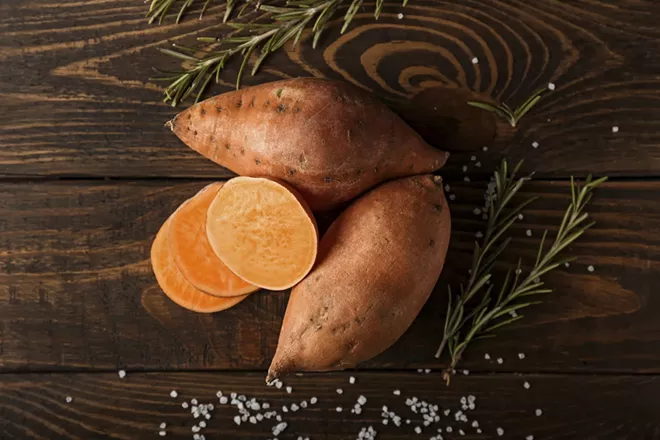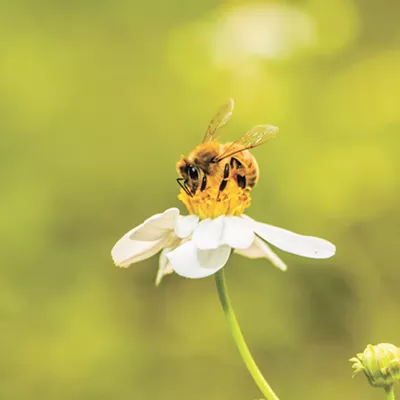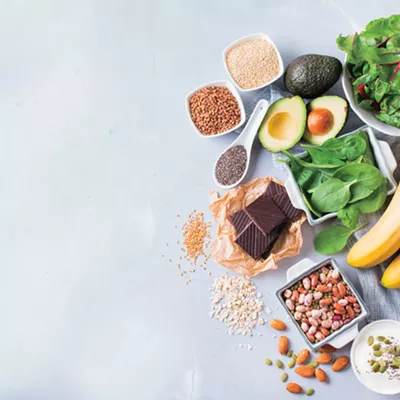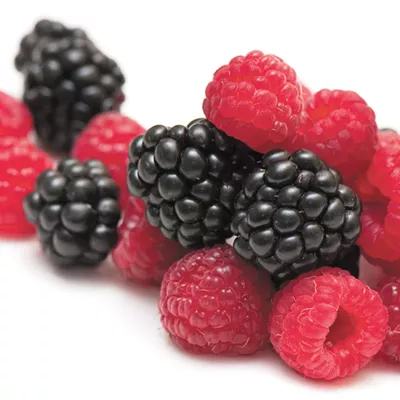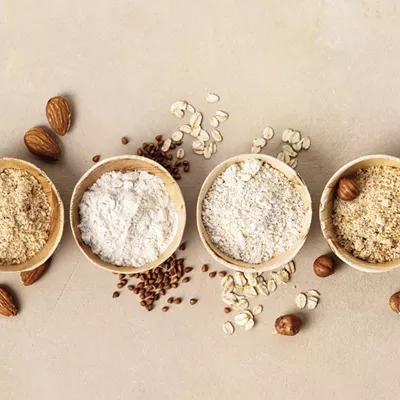While tubers — aka potatoes and their cousins — commonly grace our holiday dinner tables and cold-weather comfort food plates, their abundant nutritional value is sometimes overlooked. Unlike root vegetables like carrots and beets that are actually the edible roots of plants, tubers grow off of a mother plant in the ground. Whether you decide to bake, fry or boil your tubers, they will be a nutritious addition to your plate this season.
Potato
Perhaps because it's such a favorite comfort food, the nutrition of the white potato may be discounted. But like other tubers, the white potato is packed with minerals, particularly potassium and B vitamins. Potatoes are naturally low in fat and have a good balance of carbohydrates, calories and fiber to keep you satisfied. However, white potatoes can potentially be harmful if they're undercooked since they contain antinutrients like lectins, resistant starches and even toxic compounds like solanine. Thankfully, most of these harmful components can be avoided by proper cooking, preparation and storage (avoid green potatoes!).
Sweet Potato
Although these tubers share a name with the common potato, sweet potatoes are only distantly related to white potatoes and therefore offer a different variety of nutrition benefits. While they are also packed with fiber and healthy carbohydrates like the plain potato, sweet potatoes particularly excel in vitamin A and antioxidant content. The antioxidant content of sweet potatoes tends to be higher in those with a more vibrant color, with the purple varieties containing the highest and white varieties the lowest amounts of antioxidants. Sweet potatoes generally have a lower glycemic index than white potatoes, making them a better option for those with diabetes or blood sugar issues. Unlike their white potato cousins, sweet potatoes can safely be eaten raw (in which case, they would contain a good amount of vitamin C), though most prefer the flavor and texture of a cooked potato.
Cassava or Yuca
Cassava is a tuber native to South America, where it is commonly grown due to its wide variety of uses in food, as well as the plant's ability to withstand difficult conditions including drought. Cassava is a great source of vitamin C and, like the other tubers, offers a good balance of fiber, healthy starches and low fat. You may be most familiar with it as a common ingredient in crackers and chips in the snack aisle, but due to its simple flavor and palatable texture, cassava is often a central ingredient in dishes from South American cultures.Cassava is frequently available in the produce section, but you need to know how to use it. It should also not be eaten raw, due to its high content of a toxin called cyanogenic glycosides. To reduce your exposure to these compounds, cassava can be peeled and soaked before use for up to two to three days, then cooked thoroughly and paired with a healthy protein. Note that cassava, also known as yuca, is not the same thing as yucca.
Stacey Aggarwal received a Ph.D. in pharmacology from the University of Washington. She writes about biology, health and nutrition while running a lavender farm in North Idaho.

